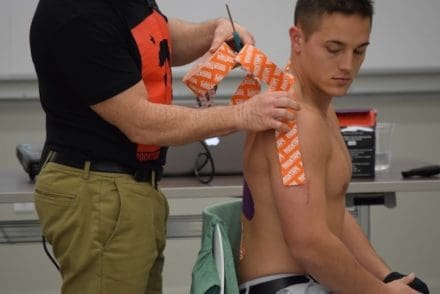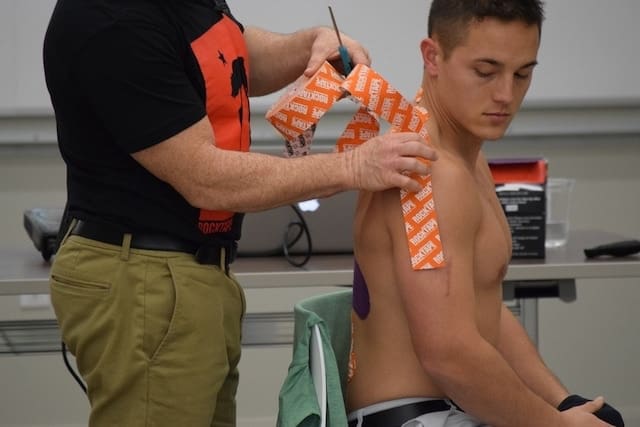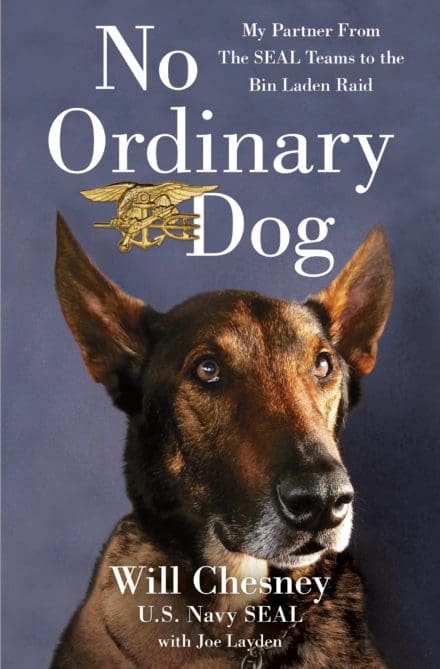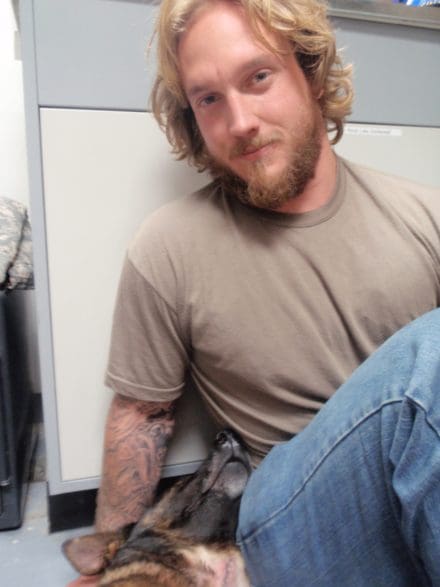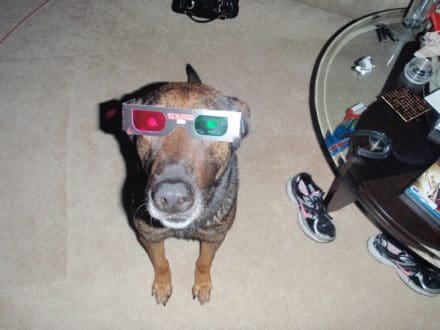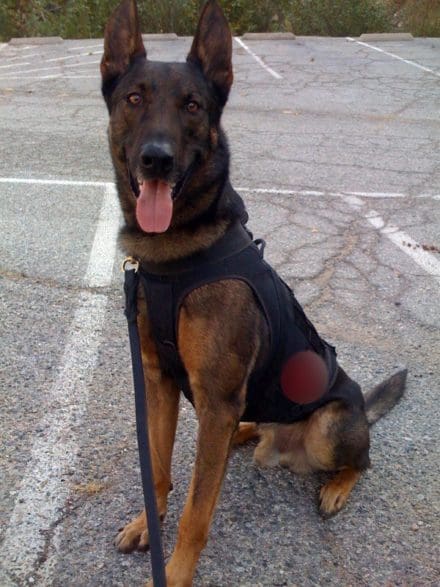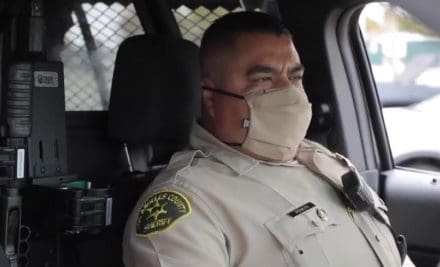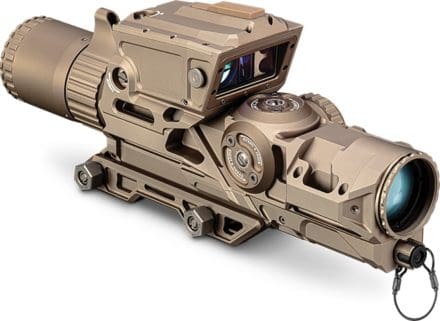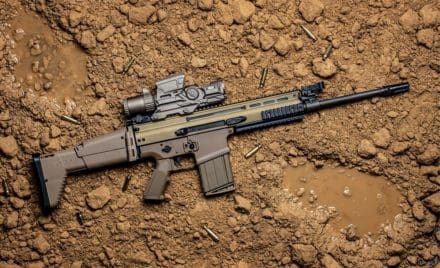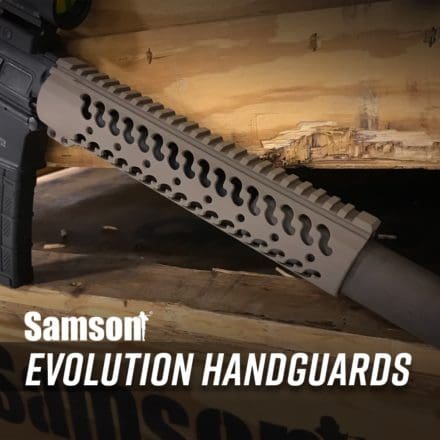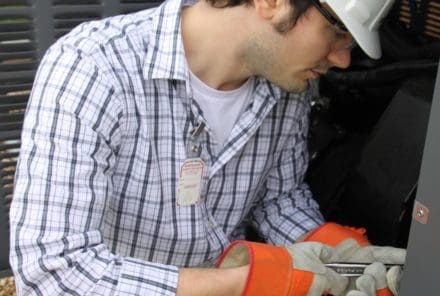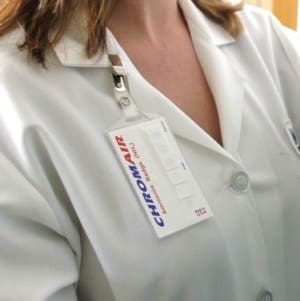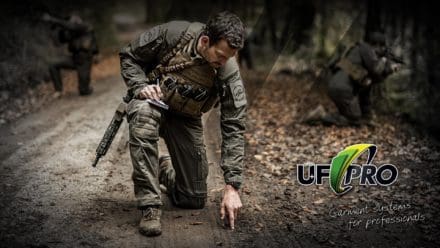
TRZIN, SLOVENIA (20 April 2020)—UF PRO, a maker of advanced tactical clothing for military and law-enforcement units in Europe and beyond, today announced it will debut on 27 April the first installment of a free, five-part video series teaching the latest tactical tracking techniques for apprehending crime suspects on the run.
The video series—titled “Pro’s Guide to Tactical Tracking”—follows former Dutch Royal Marine Boris Vos and his team of tactical trackers as they hunt down potential suspects., UF PRO said.
From episode to episode, Vos informs viewers about the newest ways of identifying and correctly analyzing the footprints, broken branches, campfire ashes, discarded items, and other telltale clues left by fleeing individuals, UF PRO said.
According to the company, tactical tracking using the latest techniques makes it possible to predict where vanished suspects will remerge and what escape routes they’ll likely use if they sense they’re about to be collared-and-cuffed.
“Tactical tracking is a high-level skill set that allows military personnel or law enforcers to gather visual indications of a suspect’s recent presence in or movement through an area and then correctly interpret what those indicators reveal,” UF PRO said.
UF PRO said each installment of “Pro’s Guide to Tactical Tracking” will be made available one week apart. The announced approximate release dates following the 27 April premiere are:
• Part Two—4 May
• Part Three—11 May
• Part Four—18 May
• Part Five—25 May
In Part One, Vos and his team of tactical trackers are summoned to hunt a gang of suspects who’ve vanished. At the scene of the incident, Vos demonstrates how to record and evaluate the evidence carelessly left behind by the suspects as they took flight.
In Part Two, the team follows the suspects trail into a forest. Vos describes a dilemma the lead tracker typically faces in such an environment and explains how to use a five-step track-pursuit exercise to get out of that bind.
The trail leads to a cave system in Part Three. There, Vos and his team discover an extinguished campfire and make important deductions based on partially burned evidence retrieved from the ashes.
Next, the team in Part Four tracks the suspects through an open field. The tactic that works best here is a Y-formation search pattern. Vos explains the principles behind it and shows why it’s the ideal choice in this situation.
In the concluding episode, Part 5, Vos shares tricks that can be used when suspects seek to disappear inside an urban area, as does the gang he and his team have been chasing. The most important of these presented techniques is known as the “track trap”—useful for knowing through which intersections suspects pass as they flee along paved roads.
Vos is a former Royal Netherlands Marine qualified to teach sniping and jungle warfare in addition to combat tracking. His skills as a combat tracking instructor were acquired from the United Kingdom’s Training Team Brunei, based in Southeast Asia. In addition to his own Royal Netherlands Marines, Vos also developed combat tracking courses on behalf of special operations forces, regular military, and law enforcement units from nations all around the world. Vos during his military career completed six operational deployments and currently serves as the senior trainer in a leadership development program for African rangers assigned to catch game poachers.
In conjunction with the “Pro’s Guide to Tactical Tracking”—available for viewing at no cost—UF PRO said it will give away a limited-edition tactical tracking patch to watchers who also order €100 or more of tactical gear from the company’s online store.
More information about the “Pro’s Guide to Tactical Tracking” is available on UF PRO’s website.
Read UF PRO tactical resources articles about other essential skills including combat medical care and close-quarters combat here.
